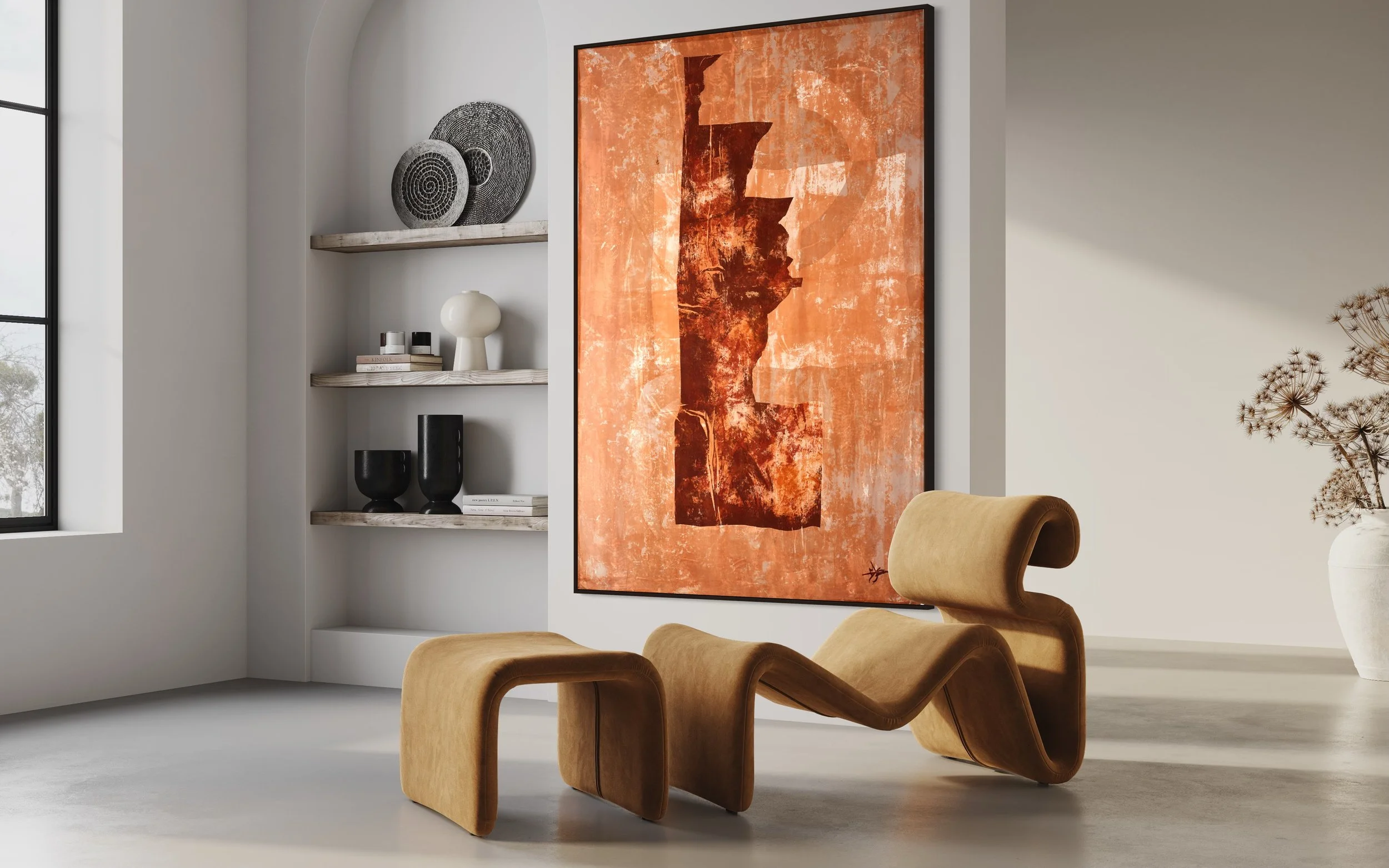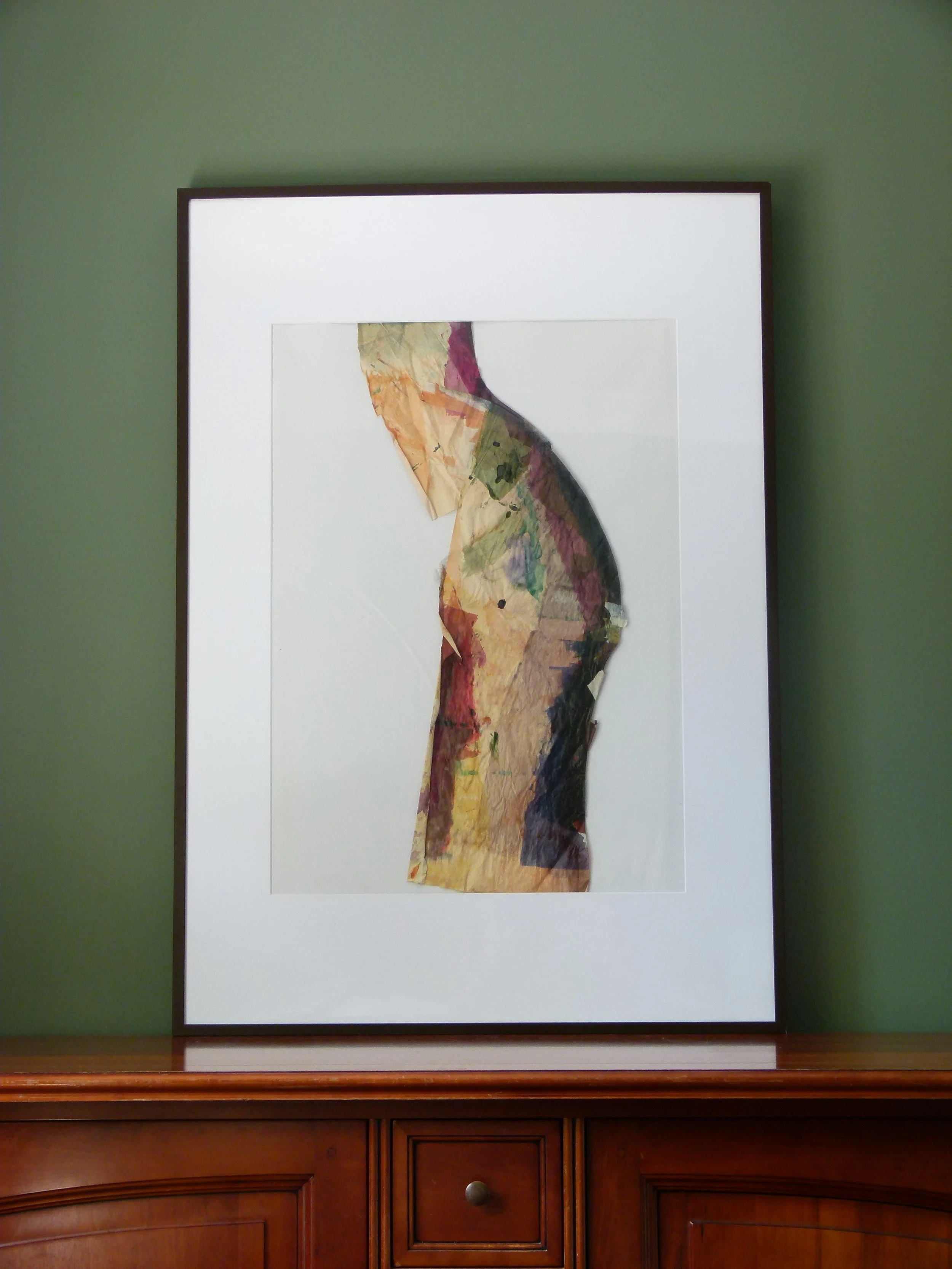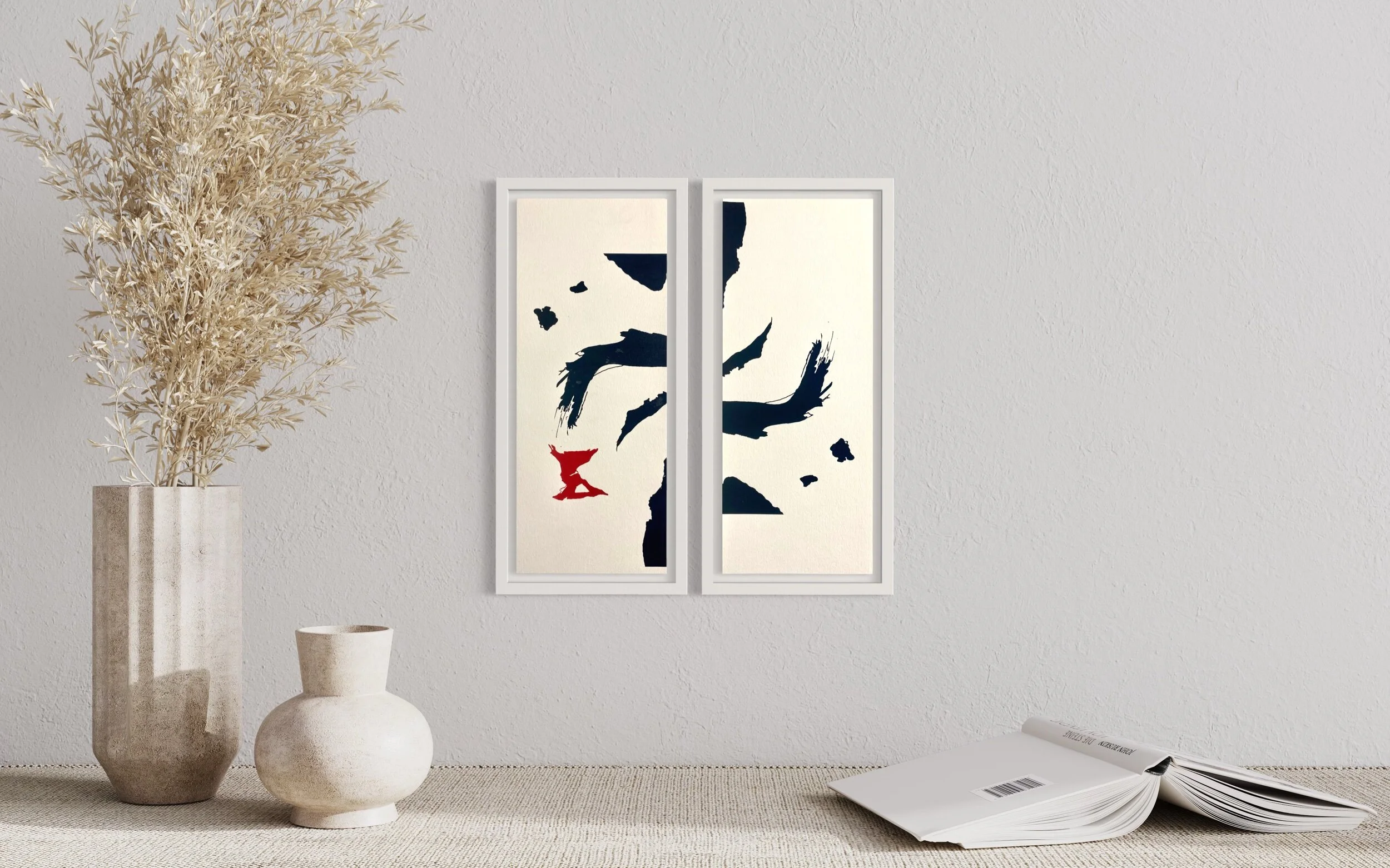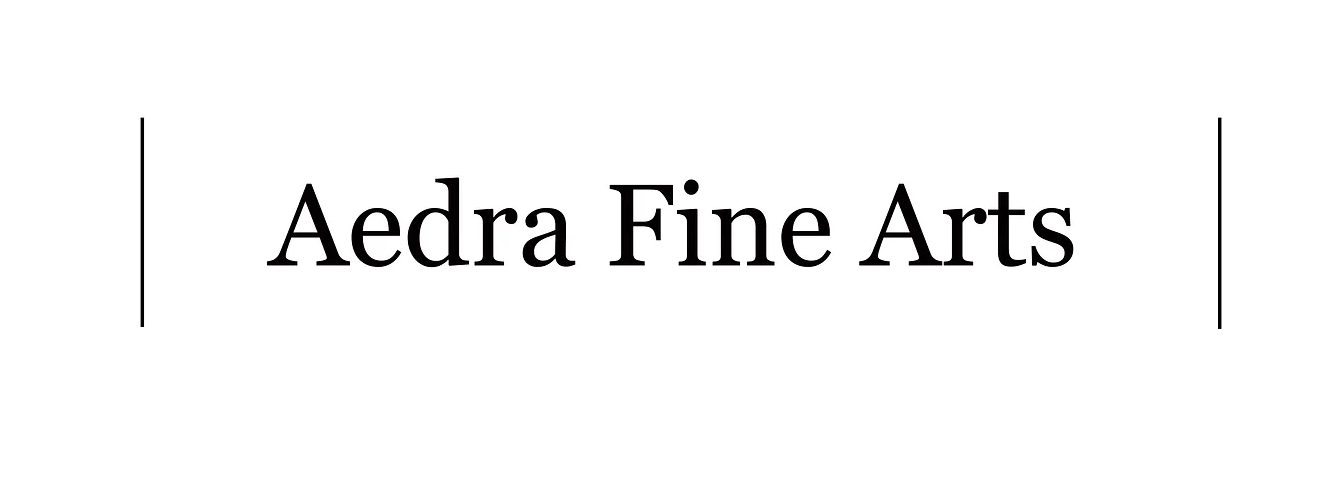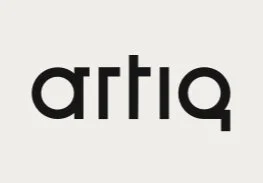Collections
What is the difference between silk, calico and paper printing?
The main difference is that they are different materials that you print on, therefore the techniques vary . They require different dyes, binders and the process of fixing.
Silk is a natural material requiring natural dyes that are cooked in the lab combined with a seaweed water based thickener. The dye formula is water so it enters the fibres and is fixed by steaming or using soda ash.
Calico is a thicker fibre so requires ink that sits on top of the fibre. Using dyes mixed with different types of binders for different effect. This style has more of a painted effect. It is fixed on the fabric through heating with an iron or industrial fixing machine.
Paper printing is similar to calico, using dyes with a binding agent that is used to sit on top of the surface. For paper there are 2 types of inks that can be used, water ink has a thinner softer effect or oil based inks which are thicker and stand out more.
Screen Printing?
What is screen printing?
Screen Printing is a traditional process of transferring designs and creative ideas onto fabric, paper and garments. Using screens that are a medium between you and the surface as well as using different types of inks based on the quality of the surface you are printing on.
Experimental screen printing is an abstract way of using the linear method of screen printing. It is a technique that Janine has been developing over many years. Expanding into new creative ways of producing screen prints that have a unique mark and are 100% original. Creating works that cannot be replicated.
More About

Motivations
What motivates Janine to create?
Exploring the possibilities of creating dimension and texture on fabric surfaces.
Challenging the traditional linear formula of the screen-printing process.
Cultivate an experimental practice that implements discoveries of creating form-focused, layered outcomes rooted in depth and emotion.
To understand more deeply nature and the reality of space.
To understand more about the natural laws and how to symbiotically and cohesively work with our landscape and space.
To bring a sense of tranquility through deeper understandings of ourselves and the human experience.
Using colour, texture, form and dimension to embody a space, time, moment and feeling.
Why texture?
Texture is an expression that visually explores ideas around the mysticism of life without having to visually replicate reality as we see it.
A conceptual way to explore the experience of life which is heavily textured, layerd and compact with many different elements.
To discover how to find form and function within texture.
Using texture as a reflection for deeper life lessons.
What do you mean by form?
Form, the ways in which colours, shapes, lines and patterns come together to create something visible to the eye.
Forms come into fruition to reveal what is happening or what wishes to be seen/manifested.
Unconventional, abstract forms are the ways in which different elements come together to create a form that it not conventionally experience by the perceived everyday life.
An abstract being.

